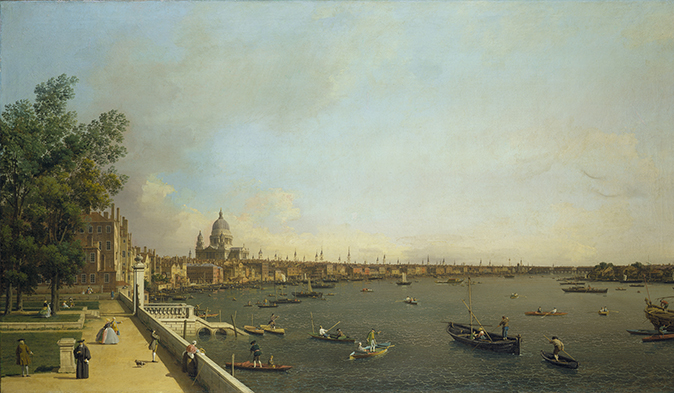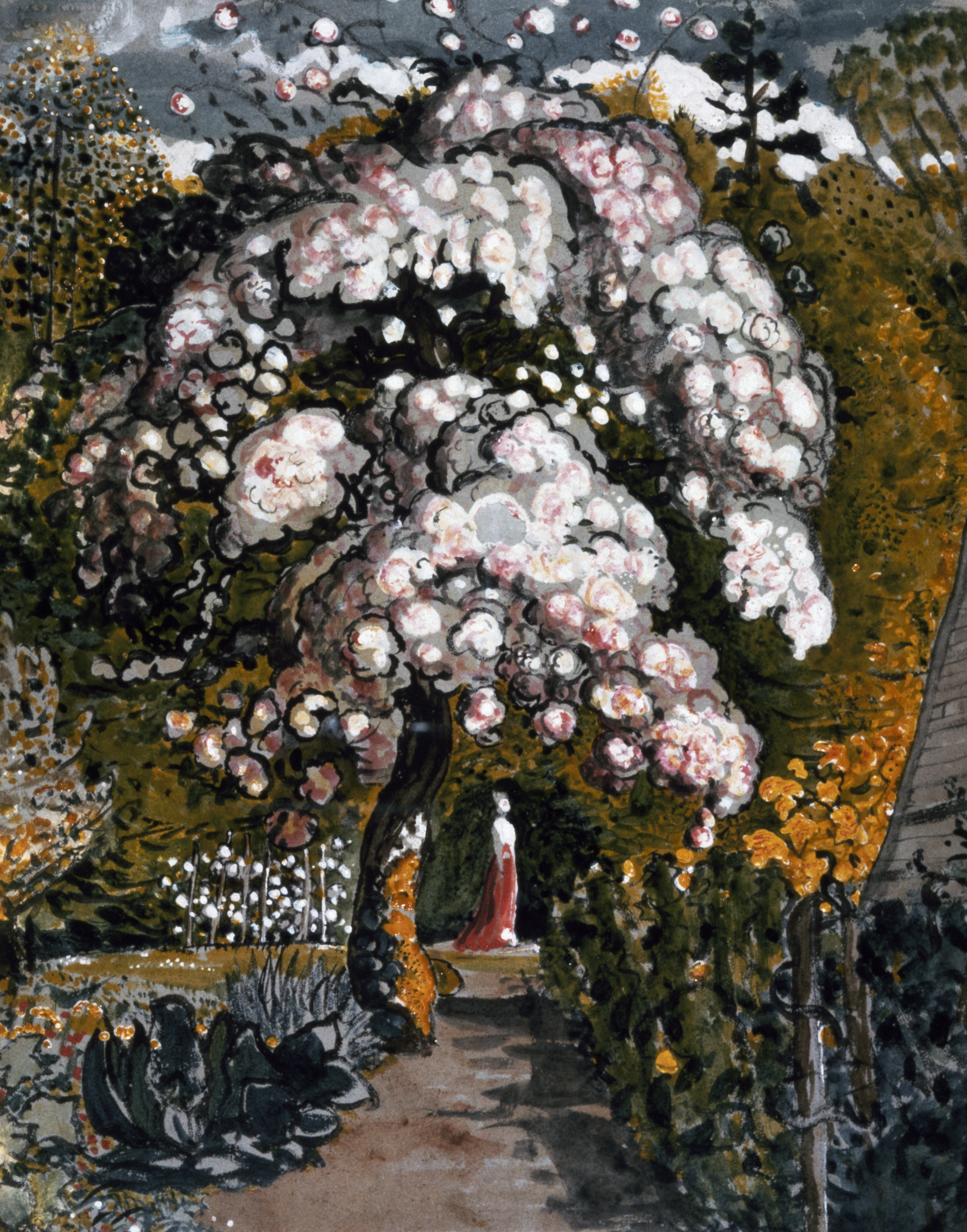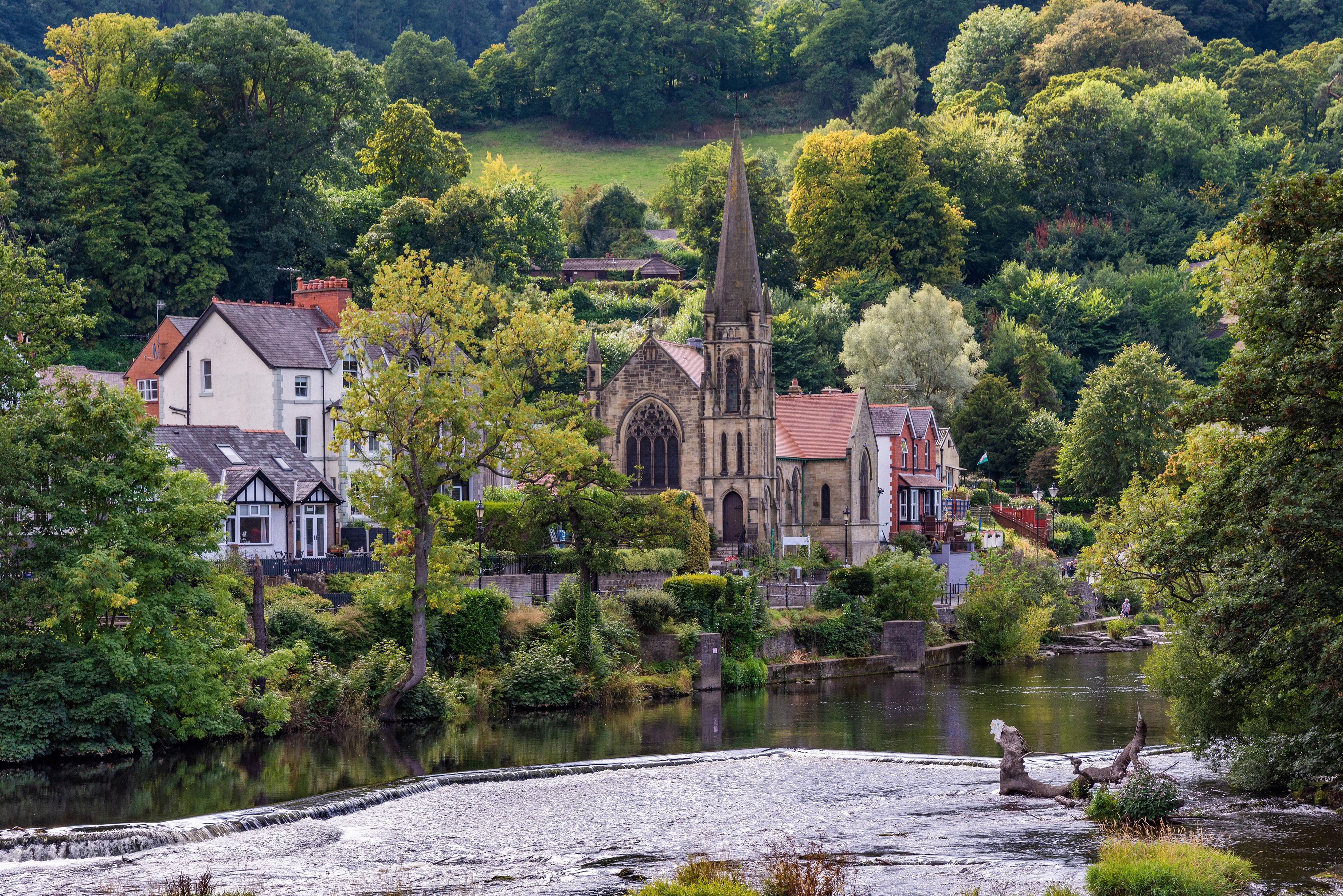My favourite painting: Peter Murray
'It is a work that constantly changes, always appealing, to respond to my mood and thoughts.'


Bleu I, II, III by Joan Miró (1893–1983), each 8½ft by 11½ft, Centre Pompidou, Paris, France
Peter Murray says: ‘This is one of Miró’s great masterpieces. The magnetic field of the three large canvases pulls me in to explore the blobs of black and the birthmarks of red against a sublime blueness. It is a work that constantly changes, always appealing, to respond to my mood and thoughts. I share Miró’s passion for the sea and sky, which, in Triptych Bleu I, II, III, he seems to have condensed to a human, but at the same time cosmic, scale. The use of translucent vibrant blue, according to his grandson Joan Punyet Miró, enabled him to feel protected on his island of Mallorca. Here, I see an artist at the top of his game, as I sense the physical and mental mastery required to create what he described as the culmination of everything he had done to that point.
Peter Murray is Executive Director of the Yorkshire Sculpture Park, which celebrates its 40th anniversary this year
John McEwen comments on Bleu I, II, III: Miró was born in Barcelona, his father a goldsmith and watchmaker. His father disregarded his son’s artistic bent, insisting on business school. Miró stubbornly combined business studies with classes at the School of Fine Arts. His father next forced him to train at a drug company. Miró had already shown in a public exhibition and conflict of interest proved too much: he developed typhoid fever and, after convalescing at the recently purchased family farm, he was finally allowed his artistic way.
In 1912, he registered at Francesc Galí’s private, progressive art school, where his gift as a colourist was first recognised; his understanding of form advanced by being taught to draw objects from touch, not sight. In 1920, he visited Paris, where he met Picasso and, from then on, he divided his time between Parisian winters and summers at the family farm. Contact with the international avant-garde soon resulted in his pursuing his own abstracted take on appearances in paintings as intricate and jewel-like as might be expected from his heredity. In 1925, his artistic maturity was confirmed when he exhibited with Picasso, as well as other established older artists, in the first ‘Surrealist’ exhibition.
Of these uncharacteristically large paintings—a response in old age to the ‘punch in the chest’ delivered by the unconventionally large paintings of the post-Second World War American Abstract Expressionists— he said: ‘it cost me an enormous effort, a very great inner tension, to attain the spareness I wanted... one weakness, one mistake, and everything would have been ruined... These canvases are the culmination of everything I had tried to do.’

My favourite painting: Christopher Boyle
'...what I really love is the way Canaletto manages to impart the sparkle of Venice’s Grand Canal to our own
Sign up for the Country Life Newsletter
Exquisite houses, the beauty of Nature, and how to get the most from your life, straight to your inbox.

My favourite painting: Emma Bridgewater
'For me, it’s like a prayer. Or a meditation,' says Emma Bridgewater of her favourite painting.
Country Life is unlike any other magazine: the only glossy weekly on the newsstand and the only magazine that has been guest-edited by HRH The King not once, but twice. It is a celebration of modern rural life and all its diverse joys and pleasures — that was first published in Queen Victoria's Diamond Jubilee year. Our eclectic mixture of witty and informative content — from the most up-to-date property news and commentary and a coveted glimpse inside some of the UK's best houses and gardens, to gardening, the arts and interior design, written by experts in their field — still cannot be found in print or online, anywhere else.
-
 About time: The fastest and slowest moving housing markets revealed
About time: The fastest and slowest moving housing markets revealedNew research by Zoopla has shown where it's easy to sell and where it will take quite a while to find a buyer.
By Annabel Dixon
-
 Betty is the first dog to scale all of Scotland’s hundreds of mountains and hills
Betty is the first dog to scale all of Scotland’s hundreds of mountains and hillsFewer than 100 people have ever completed Betty's ‘full house’ of Scottish summits — and she was fuelled by more than 800 hard boiled eggs.
By Annunciata Elwes
-
 'As a child I wanted to snuggle up with the dogs and be part of it': Alexia Robinson chooses her favourite painting
'As a child I wanted to snuggle up with the dogs and be part of it': Alexia Robinson chooses her favourite paintingAlexia Robinson, founder of Love British Food, chooses an Edwin Landseer classic.
By Charlotte Mullins
-
 The Pre-Raphaelite painter who swapped 'willowy, nubile women' for stained glass — and created some of the best examples in Britain
The Pre-Raphaelite painter who swapped 'willowy, nubile women' for stained glass — and created some of the best examples in BritainThe painter Edward Burne-Jones turned from paint to glass for much of his career. James Hughes, director of the Victorian Society, chooses a glass masterpiece by Burne-Jones as his favourite 'painting'.
By Charlotte Mullins
-
 'I can’t look away. I’m captivated': The painter who takes years over each portrait, with the only guarantee being that it won't look like the subject
'I can’t look away. I’m captivated': The painter who takes years over each portrait, with the only guarantee being that it won't look like the subjectFor Country Life's My Favourite Painting slot, the writer Emily Howes chooses a work by a daring and challenging artist: Frank Auerbach.
By Toby Keel
-
 My Favourite Painting: Rob Houchen
My Favourite Painting: Rob HouchenThe actor Rob Houchen chooses a bold and challenging Egon Schiele work.
By Charlotte Mullins
-
 My Favourite Painting: Jeremy Clarkson
My Favourite Painting: Jeremy Clarkson'That's why this is my favourite painting. Because it invites you to imagine'
By Charlotte Mullins
-
 The chair of the National Gallery names his favourite from among the 2,300 masterpieces — and it will come as a bit of a shock
The chair of the National Gallery names his favourite from among the 2,300 masterpieces — and it will come as a bit of a shockAs the National Gallery turns 200, the chair of its board of trustees, John Booth, chooses his favourite painting.
By Toby Keel
-
 'A wonderful reminder of what the countryside could and should be': The 200-year-old watercolour of a world fast disappearing
'A wonderful reminder of what the countryside could and should be': The 200-year-old watercolour of a world fast disappearingChristopher Price of the Rare Breed Survival Trust on the bucolic beauty of The Magic Apple Tree by Samuel Palmer, which he nominates as his favourite painting.
By Charlotte Mullins
-
 My favourite painting: Andrew Graham-Dixon
My favourite painting: Andrew Graham-Dixon'Lesson Number One: it’s the pictures that baffle and tantalise you that stay in the mind forever .'
By Country Life